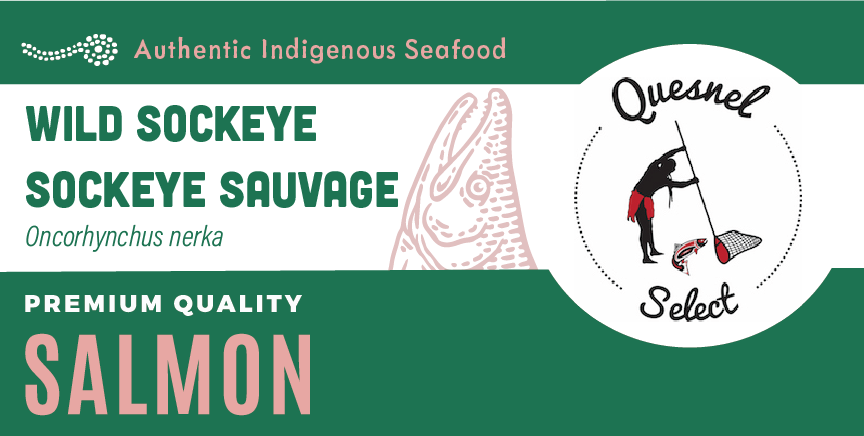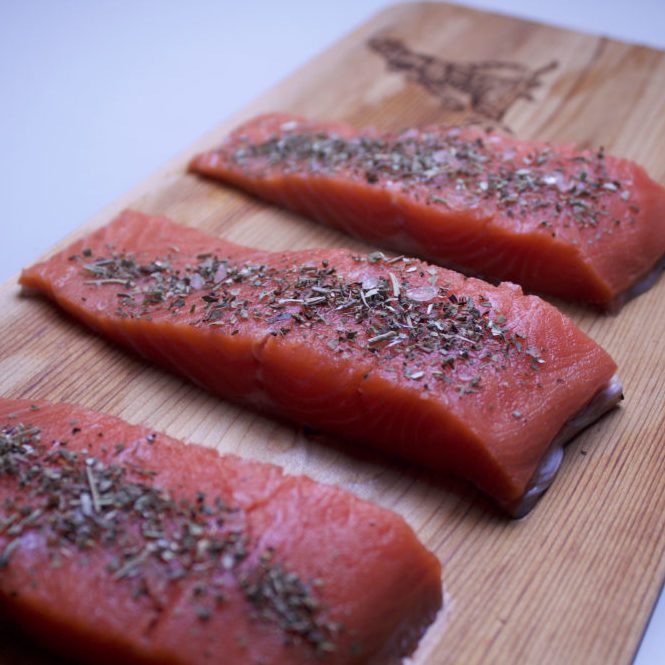Quesnel Select
We are the fisheries of the Northern Secwepemc and Tsilqhot’in First Nations on the Quesnel River. Our salmon fisheries have historically supported subsistence, commercial and sport fishing. Today small selective harvests still occur when abundance permits and may include sockeye, chinook and pink salmon harvested either by trap, beach seine or angling.
Some experimental purse seine fisheries for sockeye on Quesnel lake hold promise for substantial harvest during high cycle returns of Horsefly sockeye. A sockeye spawning channel with a fence trap is operated by the Department of Fisheries and Oceans on the Horsefly River and has returned more than 1 million summer sockeye during peak years.
The Horsefly River sockeye population has declined following the trend of many of the Fraser sockeye populations in recent years, restricting local fisheries to subsistence and sport angling. In 2014, the Imperial Metals-owned Mount Polley copper and gold mine tailings pond gave way releasing mining waste into nearby Quesnel Lake, though no immediate impacts on salmon have been observed.
Location & Significant Feature
The Quesnel River is among the largest of the Fraser’s several primary watersheds in south-central British Columbia and a significant source of Fraser River sockeye, chinook, and coho salmon as well as nearly 20 other species of freshwater fish.
With more than 16 sub-basins and two large lakes (including one of the world’s deepest lakes), Quesnel River’s most productive tributary the Horsefly river supports large cyclic salmon fisheries that have attracted subsistence and trade fisheries for thousands of years shared amongst the northern Secwepemc and Tsilhqot’in Peoples.
The area played a significant role in the growth of British Columbia because of its abundance of fur-bearing animals for the fur trade, but moreover became the epicenter of the BC gold rush in the late 1800’s. The resource interests in the Quesnel River were a historic driver in the building of BC’s railways and highways and today placer mining, forestry, and ranching of the lower watershed’s rich grasslands continue to be the primary industries.
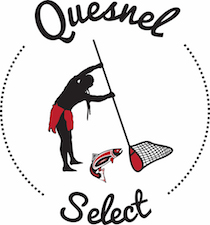
Mission
Conservation of the fisheries resource is the top priority for the Fisheries Program and we are being increasingly pro-active in conservation management for salmon and resident fish populations.
To help guide the Department of Fisheries and Oceans (DFO), Northern Shuswap Chiefs supported the implementation of six Management Principles laid out by the Fraser Watershed First Nations to ensure the conservation of salmon and their ecosystems.
The objective of these principles is to measure DFO’s management effectiveness in post season reviews and to place the foundation for a fundamental shift in DFO management regimes from a mega-stock management system to a system designed to protect weak salmon stocks. The six supported Management Principles are as follows:
- Salmon stocks must be managed for ecosystems, not solely human consumption;
- Harvests should never exceed one-half of a stock in mixed stock fisheries;
- Harvesting more than one-half of a stock should only be allowed if this extra harvest occurs close to or in the natal stream and, only if it is proven safe to do so;
- Harvest plans should be set to protect the weakest stock within a timing group;
- Any conservation and harvest management plan discussed with First Nations is without prejudice to our Aboriginal Rights and responsibilities in relation to the fisheries resource;
- Any conservation and harvest management plan discussed with First Nations is without prejudice to Treaty negotiations and any future plans to exercise our rights to the fisheries resource.
Mission
Conservation of the fisheries resource is the top priority for the Fisheries Program and we are being increasingly pro-active in conservation management for salmon and resident fish populations.
To help guide the Department of Fisheries and Oceans (DFO), Northern Shuswap Chiefs supported the implementation of six Management Principles laid out by the Fraser Watershed First Nations to ensure the conservation of salmon and their ecosystems.
The objective of these principles is to measure DFO’s management effectiveness in post season reviews and to place the foundation for a fundamental shift in DFO management regimes from a mega-stock management system to a system designed to protect weak salmon stocks. The six supported Management Principles are as follows:
- Salmon stocks must be managed for ecosystems, not solely human consumption;
- Harvests should never exceed one-half of a stock in mixed stock fisheries;
- Harvesting more than one-half of a stock should only be allowed if this extra harvest occurs close to or in the natal stream and, only if it is proven safe to do so;
- Harvest plans should be set to protect the weakest stock within a timing group;
- Any conservation and harvest management plan discussed with First Nations is without prejudice to our Aboriginal Rights and responsibilities in relation to the fisheries resource;
- Any conservation and harvest management plan discussed with First Nations is without prejudice to Treaty negotiations and any future plans to exercise our rights to the fisheries resource.
Traditions
The lands and natural resources are fundamental to the Northern Secwepemc te Qelmucw culture, traditional practices and way of life, having sustained the people since time immemorial. Existing Title and Rights over their Secwepemcul’ecw (territory) means continuing to practice those rights as they have for thousands of years by hunting, fishing and collecting plant products for food, social and ceremonial purposes. Archeological evidence points to the Secwepemc culture being as old as 10,000 years.
Fisheries management has always been and is a very important component of Northern Shuswap culture. Like many other First Nations the Northern Secwepemc rely on the fisheries resource for food, social and ceremonial purposes. Salmon are also an important trading and economic commodity of the Northern Secwepemc te Qelmucw culture but conservation of the resource continues to be a key objective in our practices and beliefs. The Northern Shuswap proudly continue to harvest salmon from their traditional areas on the both the Fraser and Chilcotin Rivers and do so in the same manner that their ancestors did, by utilizing dip nets. The lakes and streams are also important, where trout and other species of freshwater fish are harvested for food and managed for ecosystem diversity and health.
A Secwepemc perspective on sharing resources (from http://xatsullheritagevillage.com/history-and-information/ )
“Inter-marriages between neighboring communities was an important survival strategy, for failure of the annual salmon could result in starvation or migration and these relations could be relied on to share hunting and fishing territories.
As with many other First Nations, the Xat’súll Nation followed a hunting and gathering lifestyle centered in family groups and focused on the Fraser River and the salmon. Patterns of land use were at harmony with the natural processes.”
Northern Secwepemc Tribal Council Fisheries Programs
Each year additional projects are identified that can enhance the data requirements to inform management decisions for our fisheries and conservation goals.
The projects vary from stock assessment (Churn Creek Fishwheel, Quesnel DIDSON, and chinook/coho enumerations) as well as for habitat restoration work, culvert assessments, irrigation ditch assessments, culvert replacements.
Our fisheries work goes beyond salmon and involves resident non-anadromous species, such as Rainbow Trout, Kokanee, Eastern Brook Trout, Whitefish, Bull Trout, and Burbot.
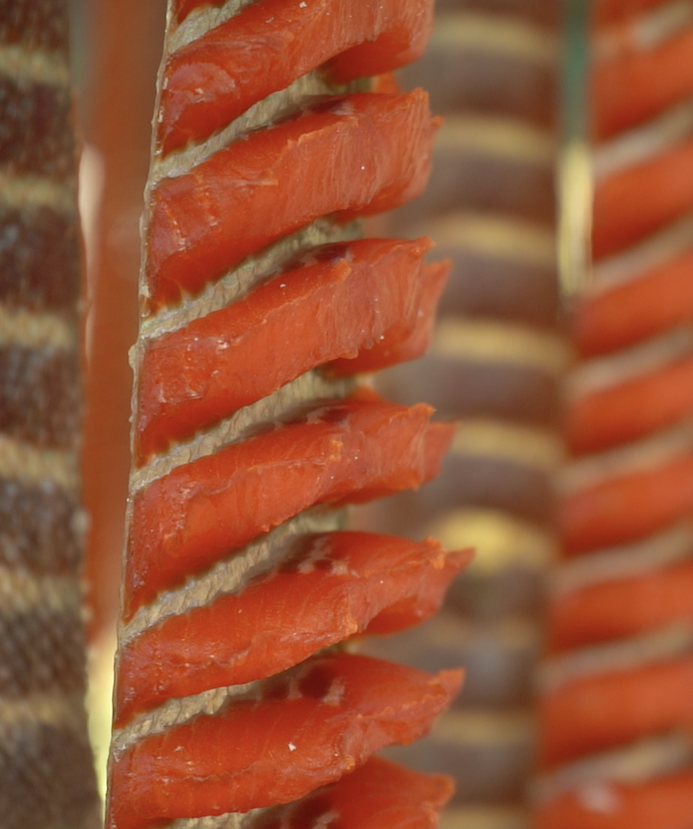
Modern Fishery
Drying racks are as ubiquitous to the local fishery as the dipnet. Air drying salmon in the hot dry summer winds of the area in ancient times made for a highly nutritious meal that preserved well and was easily packed making it perfect for trade. A favourite method for preserving and eating salmon, the catch is filleted fresh to remove bones and offal while carefully keeping the fillets attached to the tail for ease in hanging. Once filleted the fillets are often trimmed horizontally for uniformity of thickness, then several slices are made across the fillet to open up the meat for maximum air exposure.
The final touch involves pulling the fillet from shoulder to tail separating the cuts to let in the air for even air-drying. The finished fillets are hung by the tail in open-air racks where strong canyon winds will keep the files at bay, or typically screened in portches back at home where it is more convenient in modern times.
As in more traditional times, the Northern Secwepemc share many fishing sites like the Quesnel with the Tsilhqot’in. While some experimentation with modern commercial-scale fishing in the Quesnel involves beach seine (river) and purse seines (Quesnel Lake), it is the ancient tradition of dip netting that defines this fishery still today.
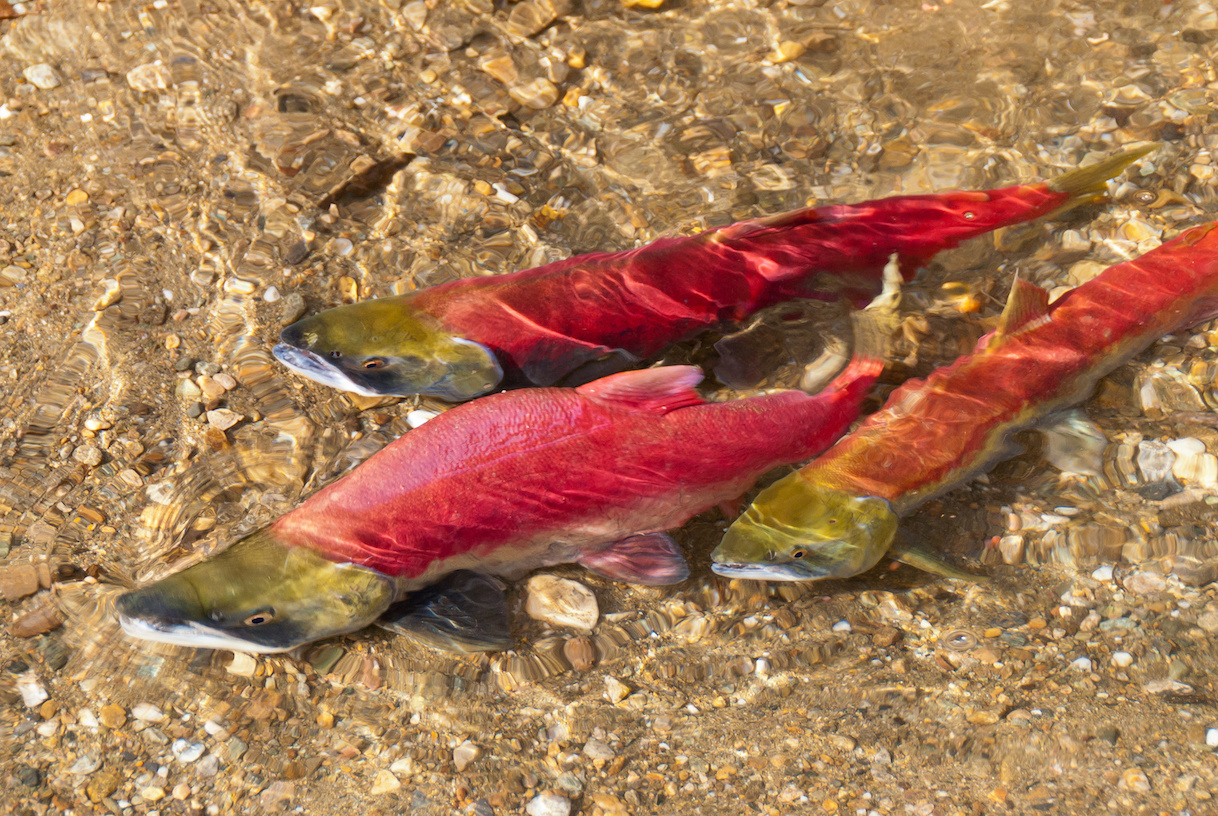
Local Salmon Conservation Issues
Several resident species at risk are found within the Quesnel River watershed and Horsefly sockeye populations while returning to historic high returns (more than 1 million on high cycle years in the 1980’s) has been depressed for much of the last decade. At one time a gold mining dam located on the Quesnel River blocked all upstream passage of adult sockeye. And in 2014 a mining tailings pond breach released potentially toxic tailings into Quesnel Lake.
Several organizations, including universities, federal and provincial governments, research institutes, and First Nations work together through the University of Northern British Columbia’s Quesnel River Research Centre representing western Canada’s only research facility that focuses on landscape ecology and hydro-geomorphological research and teaching.
The Quesnel River Research Centre in Likely and the main campus in Prince George are studying the environmental and ecological implications of the 2014 Mount Polley mine tailings pond failure. Researchers are collecting water, sediment, and biological samples from the Quesnel watershed and through Quesnel Lake.

About Our Logo
More than the technology itself, the use of dip nets as the artisanal fishing tool of choice represents this ancient fishing culture well. Nets are carefully constructed ahead of the fishing season.
The trails leading to the favourite dipping sites are well worn in from use, usually by the same families for thousands of years. The technology requires a team of fishers for safety, to assist with the labour of steady dipping required to net a passing salmon, and the ability to choose the target species or stock, carefully releasing more mature/spawning fish safely that may be caught from time to time.
